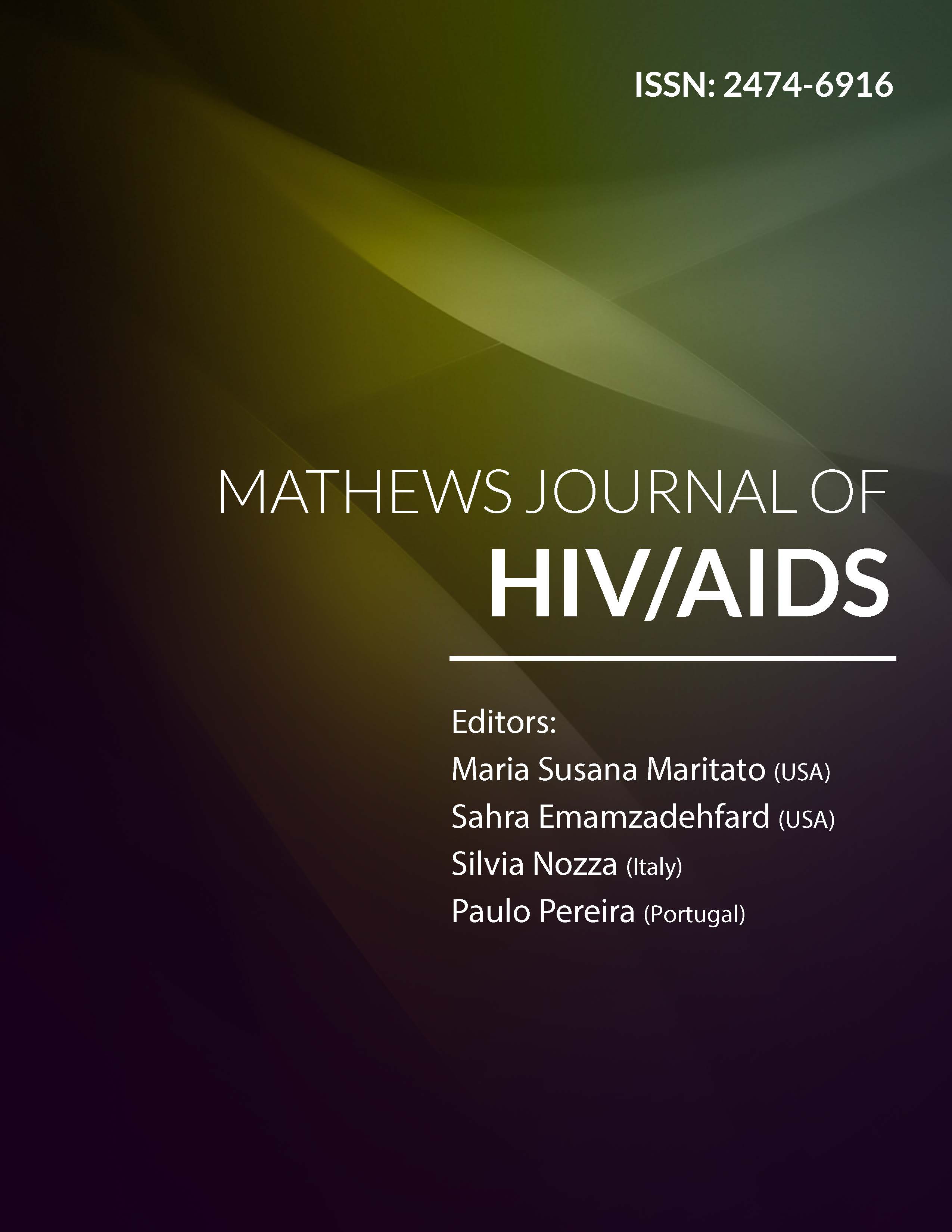
Information Links
Previous Issues Volume 1, Issue 2 - 2016
Lung Cancer in HIV-Seropositive Patients.
Marcelo Corti1
1Division of HIV/AIDS Disease, FJ. . Muñiz Infectious Diseases Hospital and School of Medicine, Buenos Aires University, Argentina.
Corresponding Author: Marcelo Corti, Department of HIV/AIDS, Infectious Diseases, FJ. Muñiz Hospital, Puán 381 2° floor, floor, Postal code C1406, Buenos Aires, Argentina. Tel: +54 114 432 3762; E-Mail: [email protected]
Received Date: 19 Apr 2016
Accepted Date: 21 Jun 2016
Published Date: 23 Jun 2016
Copyright © 2016 Corti M
Citation: Corti M. (2016). Lung Cancer in HIV-Seropositive Patients. Mathews J HIV AIDS. 1(1): 007.
ABSTRACT
Introduction
AIDS related mortality has been accompanied by an increase in the proportion of deaths attributable to non-AIDS defining solid tumors, especially lung cancer.
Aim:
The aim of this manuscript is to review the epidemiology, clinical aspects, diagnostic methods, prognosis and treatment of lung cancer in HIV/AIDS patients.
Materials and Methods:
An exhaustive bibliographic research was performed in main biomedical databases, including PubMed, Scopus, Index Copernicus, DOAJ, EBSCO, Iranmedex, Scielo and Google Scholar. The databases were searched to identify review articles, original manuscripts, observational studies and remarkable case reports, about lung cancer in HIV patients that were included in the revision. Terms used in the search were: lung cancer, AIDS, HIV, carcinoma, adenocarcinoma, treatment. A narrative review of the included articles was performed.
Results:
The risk of developing lung cancer seems to be higher in HIV infected subjects than in the general population of the same age, partly because the more frequently history to be smokers, especially, in intravenous drug users. Interestingly, there is no clear relationship between the degree of immunosuppression and the risk of lung cancer, so the reason for the increased risk is unknown. Adenocarcinoma is the most frequent histopathological subtype. The prognosis is worse in HIV infected patients than in the general population. Efficacy and toxicity data for chemotherapy and radiation therapy are few and imprecise in HIV subjects. Surgery remains the treatment of choice for localized disease in patients with adequate pulmonary function and general good health, regardless of immune status.
Conclusion:
Prospective clinical trials are needed to define the optimal diagnosis methods for early detection and treatment strategies for lung cancer in HIV infected patients.
KEYWORDS
Lung Cancer; HIV; AIDS; Chemotherapy; HAART; Review.